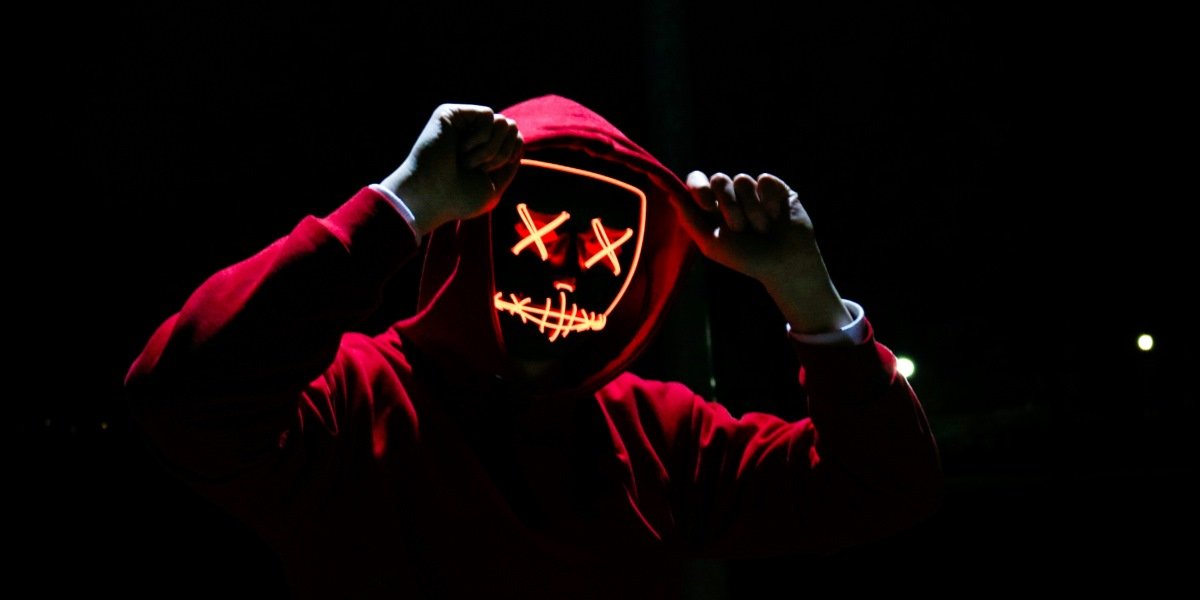Organizing a corporate event can feel overwhelming, but breaking it down into manageable steps makes the process smooth. Whether it’s a conference, team-building retreat, or product launch, the key lies in careful planning, clear communication, and attention to detail.
The first step is defining the event purpose. Is it to celebrate milestones, train employees, or impress clients? A clear objective shapes every decision—from the venue to the guest list. Corporate training events need classrooms with tech setups, while networking mixers require open spaces that encourage conversation. Writing down three main goals helps keep planning focused when options multiply.
Budgeting comes next, and it’s wiser to estimate high. Major costs include venue rental, catering, AV equipment, and staff. Hidden expenses like permits, insurance, or last-minute signage often surprise first-time planners. A good rule is to allocate 20% of the budget for unexpected needs. Negotiating package deals with vendors can stretch funds further—many venues offer discounts when booking space, food, and equipment together.
Choosing the right venue involves more than just aesthetics. Accessibility matters for attendees traveling by car or public transport. A downtown loft might look stylish, but insufficient parking could frustrate guests. For multi-day events, proximity to hotels is crucial. Always visit venues in person to check cell service, restroom capacity, and load-in access for vendors. Tech capabilities are non-negotiable—ask about Wi-Fi bandwidth, power outlets, and on-site support for glitches.
Event timing affects turnout and costs. Midweek dates often see higher attendance than Fridays. Holiday weekends or industry conference seasons are risky due to conflicts. Local event calendars should be checked to avoid competing with major sports games or festivals that could spike hotel prices. Weather contingencies are essential for any outdoor components—tent rentals and indoor backup spaces prevent disasters.
Creating a project timeline with deadlines prevents last-minute chaos. Six months out, secure the venue and keynote speakers. Three months ahead, finalize catering and send save-the-dates. One month prior, confirm all vendor contracts and launch promotions. The week before, distribute detailed schedules to staff and presenters. Digital tools like shared calendars or project management apps keep teams aligned across departments.
Promotion strategies depend on the audience. Internal events like holiday parties work well with email invites and office posters. Client-facing launches need targeted social media campaigns and personalized outreach. Early-bird discounts boost registrations, while clear landing pages with FAQs reduce repetitive inquiries. For large conferences, a mobile app with schedules, maps, and networking features enhances the attendee experience long before the event starts.
Food and beverage planning requires knowing the crowd. Dietary restrictions have become the norm—gluten-free, vegan, and nut-free options should be standard. For networking receptions, easy-to-eat finger foods prevent awkward balancing acts. Coffee stations need regular refills during conference lulls. Alcohol service demands careful planning; open bars can escalate costs and liability, while drink tickets help maintain control.
Technology can make or break an event. Presentations should be tested on the actual equipment to avoid formatting disasters. Backup laptops, dongles, and chargers are as essential as the main AV setup. Live polls or Q&A apps boost engagement during speeches. For hybrid events, dedicated tech staff must manage both in-person and virtual components seamlessly—nothing frustrates remote attendees faster than being forgotten.
Staffing plans should account for peak activity times. Registration desks need extra hands during the first hour. Session rooms require tech monitors to assist presenters. Clear roles prevent overlap—someone should manage vendors while another greets VIPs. Volunteer briefings with scripted answers to common questions (“Where are the restrooms?”) maintain professionalism. Walkie-talkies or group chats enable quick problem-solving among dispersed teams.
Signage might seem minor but prevents logistical headaches. Directional arrows, room labels, and hashtag reminders should be bold and bilingual if needed. Digital displays with real-time schedule updates are ideal for large venues. Creative touches like themed photo backdrops encourage social media sharing while subtly branding the event.
Contingency planning separates adequate events from exceptional ones. Backup power sources protect against outages. A “quiet room” offers respite for overwhelmed attendees. Extra Wi-Fi hotspots prevent connectivity crashes. Vendor no-shows require backup plans—knowing a local caterer who can deliver last-minute sandwiches saves the day when lunch trucks break down.
Post-event follow-up sustains momentum. Thank-you emails to attendees might include survey links for feedback. Shared photo galleries extend engagement. For sales-focused events, CRM systems should log attendee interactions while memories are fresh. Internal debriefs identify what worked (“Keynote started on time”) and improvement areas (“Registration lines were too long”) for future planning.
Measuring success metrics proves ROI. Registration numbers matter less than engagement rates—did attendees stay for the full program? Social media mentions and post-event inquiries indicate interest levels. For training events, pre- and post-tests quantify knowledge gains. Sales teams should track leads generated from networking sessions.
The most memorable corporate events feel effortless but result from meticulous behind-the-scenes coordination. They balance structure with flexibility, professionalism with personality, and practicality with creativity. By focusing on attendee experience at every step—from the first email invite to the final follow-up—planners transform logistical checklists into meaningful connections that serve the company’s goals long after the last guest departs.
Ultimately, great corporate events aren’t about flashy decor or extravagant budgets. They’re about solving the right problems: helping people connect, learn, or celebrate without distractions. When every detail serves that purpose, from the coffee quality to the chair spacing, attendees leave energized rather than exhausted—and that’s the truest measure of success.
Read also: How Today’s Musicians Can Thrive in the New Music Business








